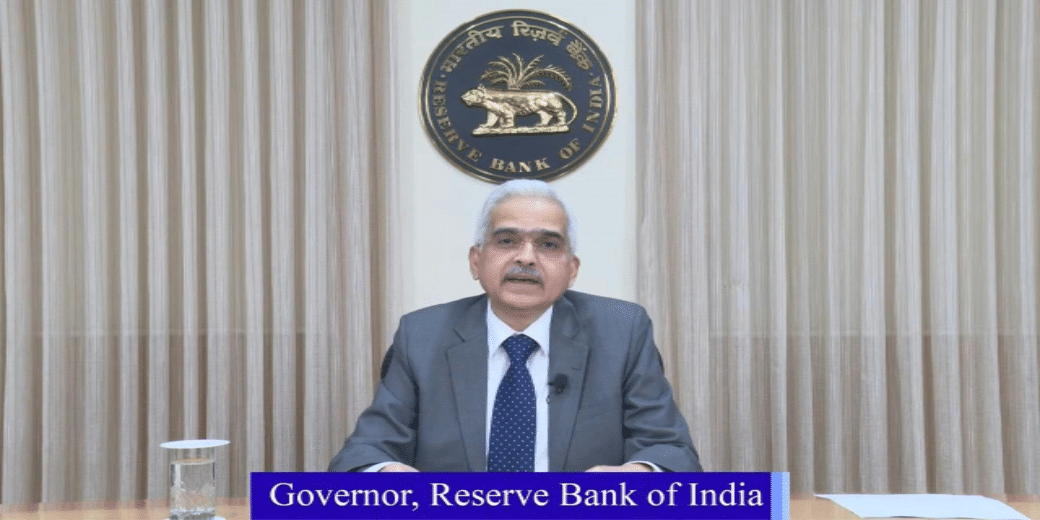RBI detects dark patterns, slams mis-selling in digital lending
Central bank would not remain a passive regulator and it would take a hard look at risk management framework for lenders on liquidity and market risk

The Reserve Bank has again fired a salvo against entities offering digital loans with deputy governor M Rajeshwar Rao saying that these entities trapping customers into taking high-cost loans. He has also said that the central bank would not remain a passive regulator and it would take a hard look at risk management framework for lenders on liquidity and market risk.
Labelling such activities of the digital lenders as ‘dark patterns Rao said their modus operandi are designed to deceive users into adopting high- cost, short-term consumer credit under the guise of instant loans that are sold on the platform of convenience.
“Customers today are facing threats from technology induced frauds such as fraudulent apps, breach of privacy and deepfakes. Even mis-selling has emerged in a digital avatar now called Dark Patterns,” he said.
The RBI deputy governor also urged banks to raise security standards to prevent cyber frauds in the banking environment which is now almost entire dependent on technology. “There are increasing instances of frauds and data breaches. Customers today are facing threats from technology-induced frauds such as fraudulent apps, breach of privacy and deepfakes,” Rao said.
The deputy governor’s comments came against the backdrop of a sharp growth in small-ticket personal loans that are lower than Rs 50,000 typically featuring high interest rates. These are recording high default rates too, thereby cumulatively raising risks in the system.
“We must work hard, work smart and work together to protect customers from these threats to retain and strengthen their trust,” said Rao.
He said the next-generation fintech entities are certainly doing good work. But simultaneously there is an urgent need to finetune regulation for the sake of customer protection and financial stability. Rao made these comments while delivering a lecture at FIBAC 2023 organised by IBA and Ficci in Mumbai on November 23.
He pointed out that the banking crisis in the US and the developments at Credit Suisse happened even when banks had better capital and liquidity than peer levels.
He also highlighted that banks are focusing more on innovative customer acquisition methods and less on enhancing customer grievance redress mechanisms. According to Rao, this was somewhat strange since the industry was basically a service industry. “While banks are hugely invested in forging new and innovative ways of customer acquisition, very little seems to be going on improving the customer grievance redress mechanisms. To me, this seems very odd for a sector which prides itself on being a service industry.”
He remarked that banks put in less effort in solving customer grievances in time compared to their endeavour in coming up with new technology and products.
“There are obvious incentives for taking risks. An overdose of risk in a leveraged entity like a bank or a finance company can be disastrous if not managed efficiently,” he remarked.
Rao listed out five constituent elements for a robust financial system. These are strong governance and management, sound regulatory principles, adequate capital and liquidity, strong supervisory and risk management practices, and effective crisis management and resolution frameworks.